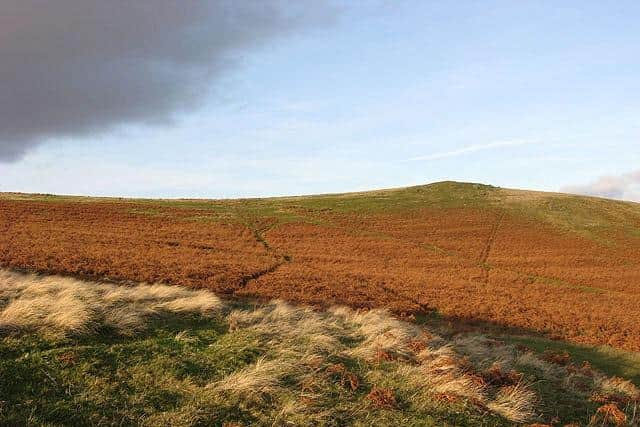Health check reveals nature in Northumberland National Park needs a lifeline
and live on Freeview channel 276
Health checks show that nature in National Parks, which should be the most highly protected and healthy parts of the UK’s natural environment, is struggling across habitats, species, water quality and wildlife crime.
Unfortunately, just a quarter of Sites of Specific Scientific Interest (SSSIs) in England’s National Parks are in a favourable state, due to a lack of resources, data and powers to make the systemic change needed.
Advertisement
Hide AdAdvertisement
Hide AdCampaign for National Parks’ report calls for new funding for agri-environment schemes, a ban on all burning on peat and stronger powers to tackle wildlife crimes. Prominent supporters include Iolo Williams and Megan McCubbin from BBC’s Countryfile, and the ecologist Sir John Lawton CBE.


Megan McCubbin said: “The sad truth is that the UK is one of the most nature-depleted countries in the world and National Parks need to be doing even more in the nature recovery fightback.
"Working together we can help create National Parks that are nature-rich and climate-resilient, and in doing so offer a brighter future for the planet and all those who call it home. There are some clear steps which Government can take to help National Parks thrive, but we must act now.”
Research in Northumberland National Park found 33% of its SSSIs are in a favourable condition but it has the highest woodland coverage of the Northern Upland National Parks, with 23%. It also has the highest percentage of conifer coverage, at 10%, and potential for up to 37% total woodland coverage.
Advertisement
Hide AdAdvertisement
Hide AdIn 2019, just four of the 650 water bodies in English National Parks met the criteria for high ecological status. Three of these were the upper-most headwaters of Till and the Coquet in Northumberland.
Ruth Bradshaw, policy and research manager, Campaign for National Parks, said: “The main causes of this crisis are the limited ability to influence what happens on most land in National Parks, particularly where it is privately owned, outdated legislation designed for a very different era, and the fact that the funding available just doesn’t match the national role that National Parks are expected to deliver for nature recovery."
More than a fifth of Northumberland is owned by the Ministry of Defence (MoD).
In 2022, the amount of sewage released from overflows within the boundaries of National Parks in England and Wales totalled 7,367 days and between 70 and 80 percent of their carbon-storing peatlands are likely in poor condition.
Advertisement
Hide AdAdvertisement
Hide AdYet, despite worrying figures, only 8 square miles of woodland has been expanded between 2015 to 2020 in National Parks.
Professor Sir John Lawton CBE FRS said: “The National Parks of England and Wales have the potential to play a key role in restoring nature, but currently only 6% of their area is managed effectively to these ends.
"I am therefore delighted to see the bold proposals set out here, to make more space for nature by restoring, re-creating, and joining up habitats for the benefit of people and the creatures that live in these beautiful areas.
"It won’t be easy. They are working landscapes, home to people and to wildlife, but the report makes clear how it can be done. Its vision fills me with hope.”